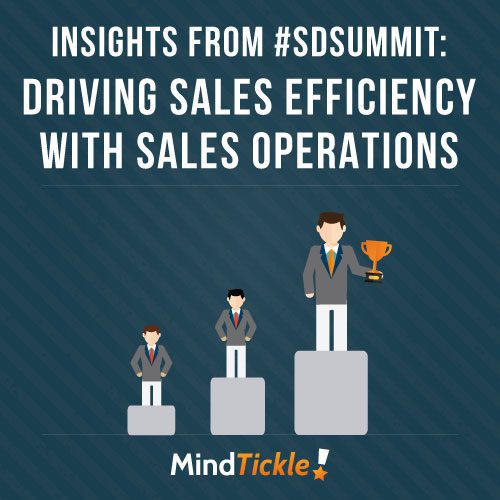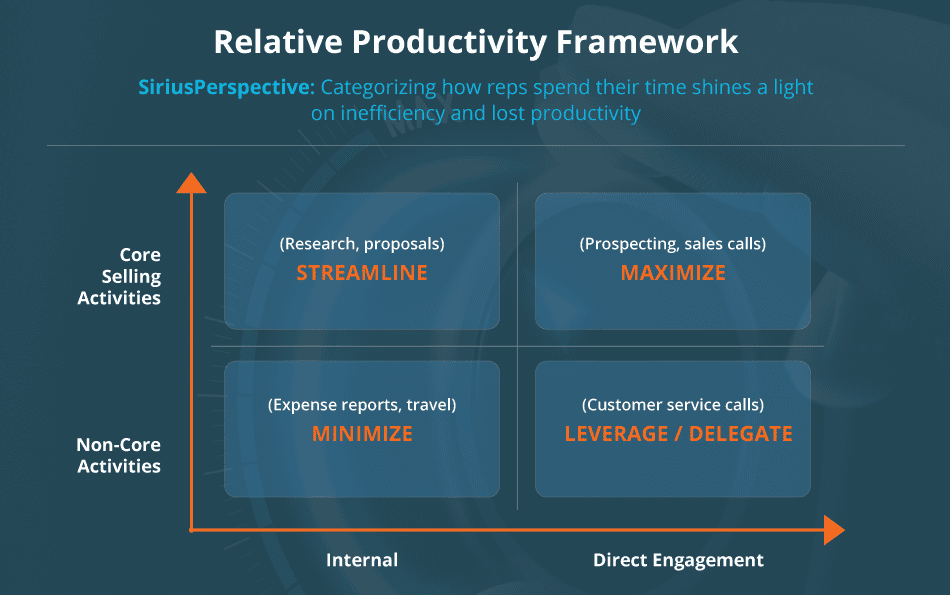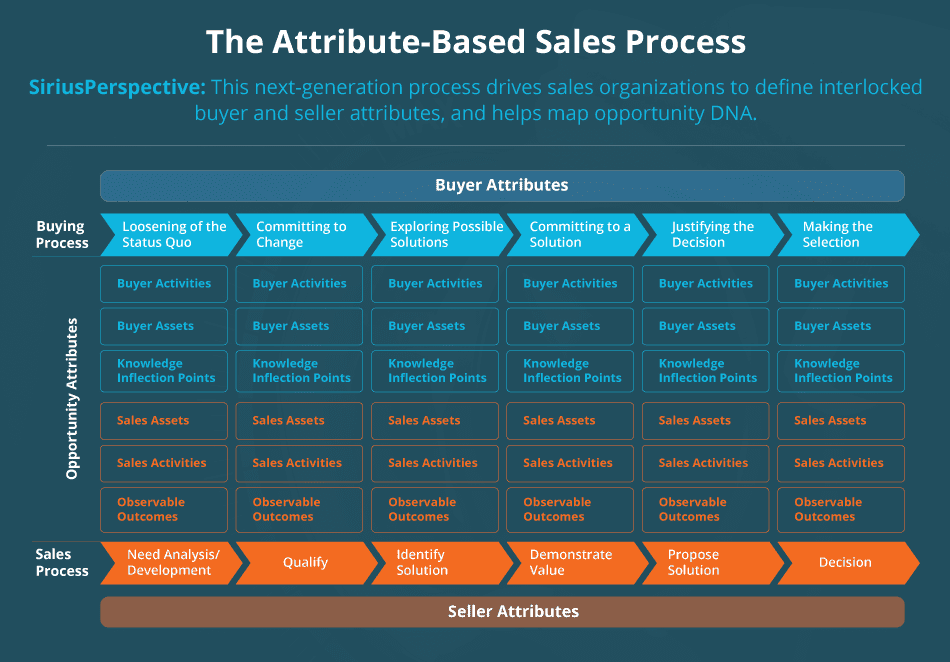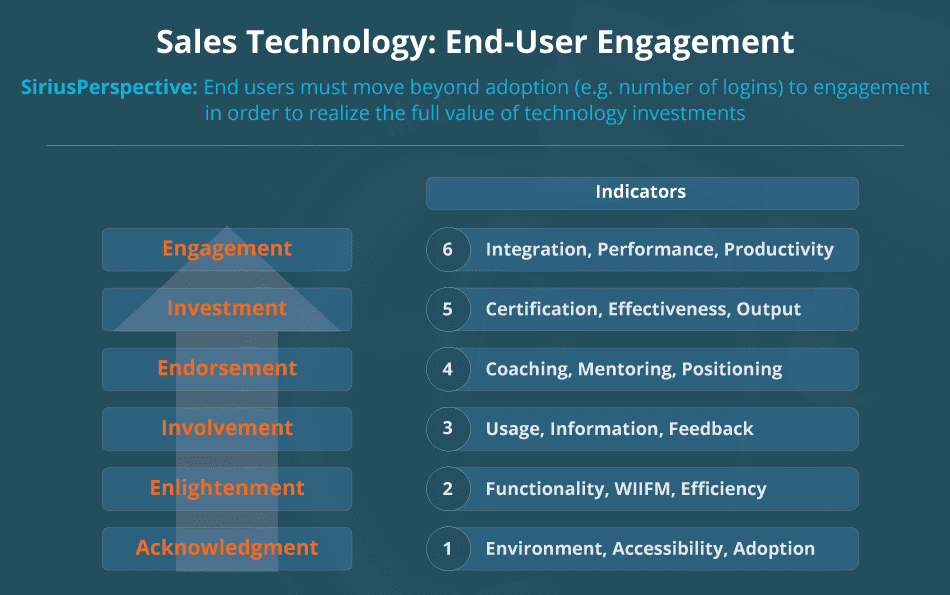The session about sales efficiency and operations at the SiriusDecisions Summit 2016 was focused on helping define what sales operations is and look at the frameworks in place to help sales ops professionals.

SiriusDecisions broke down sales efficiency by looking at the following elements: productivity and capacity. They define sales productivity as “yield per rep per hour”, where ‘yield’ is the revenue the rep is generating. And state that as a sales ops professional your goal is to use your sales capacity as efficiently as possible, as it is a limited resource. How your reps spend their time is important, if they are not spending it on core selling activities your yield will suffer. So in sales ops, your job is to drive efficiency into the whole selling activity.
There has been an interesting change in the sales operations function, as it has evolved from a tactical, reactive function to a primary driver of sales change.
Sales operations cross the entire sales ecosystem. There are challenges, including:
- How to measure, manage and increase sales productivity
- Improving revenue predictability
- Maximizing return on value from investment in sales technology
- Developing, managing, measuring and improving sales execution processes
- Evolving sales operations capabilities and contribution.
The Relative Productivity Framework
This is a handy framework from SiriusDecisions to answer the question: where are your reps spending most of their time?


The problem that SiriusDecisions found is that many of the stages and steps in sales activities are mostly internally-focused. Unless you align the sales process to the buyer’s journey, understanding how the buyer makes decisions, you won’t be able to effectively move the deal forward. And that’s where the Attribute-Based Sales Process from SiriusDecisions helps, map buyer attributes with buyer activities, and seller attributes and activities.


Finally, as it relates to sales technology, SiriusDecisions says that it must fit the user and organizational needs across six key categories:
- Criticality: how crucial is this technology to the business?
- Risk: what is the likelihood of losing the availability of the tool to the sales organization?
- Fit: How well does the tool help fix the problem for which you purchase it?
- Scalability: As the organization grows, can the tool accommodate the increasing number of sales reps, products, users?
- Data: How secure is the data? How is data maintained?
- Integration: Is the tool for sharing the data across all the other platforms?
Another element that SiriusDecisions has added to their thinking is end-user engagement. According to SiriusDecisions, the end user must move beyond adoption to engagement in order to realize the full value of the technology investment. The journey is:










